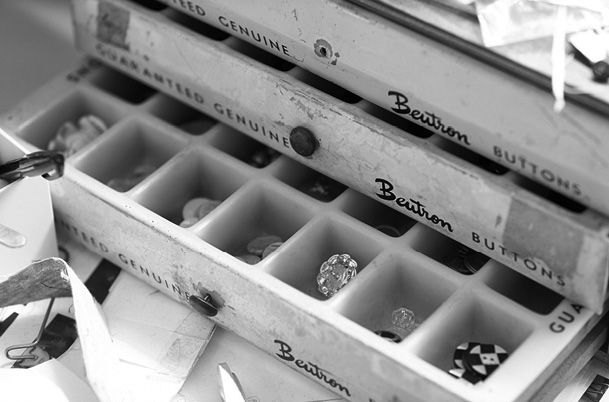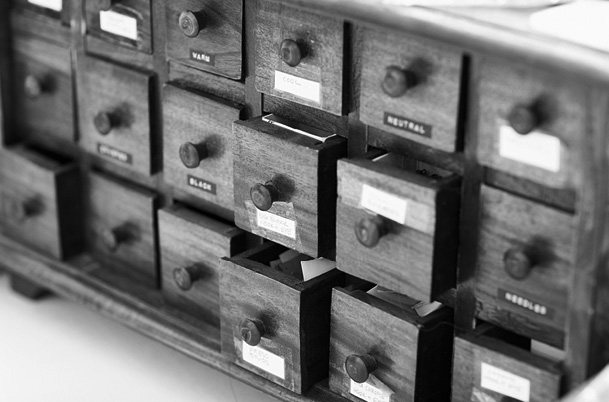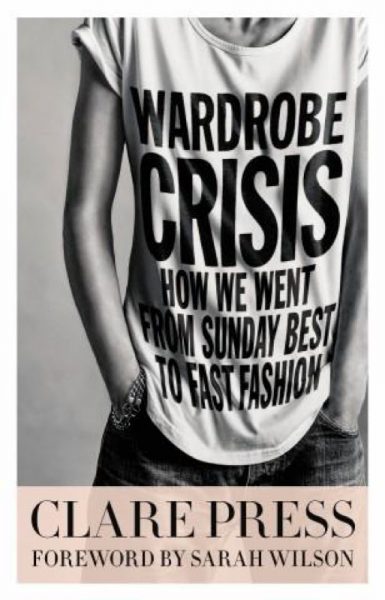Ready to wear versus made to measure ladies clothing

In today’s disposable society, where retailers are bursting with the latest ready to wear ladies clothing, budget conscious fashion shoppers are hungry for bargains. What’s in vogue one day may not be so the next, but that doesn’t faze your average shopper who’ll simply replace it with the next best thing because mass produced fast fashion is so cheap!
Whilst ready to wear will come and go according to the latest fad, made to measure ladies clothing in a classic design will last a lifetime and be worn many times over.
Clients pay a premium for made to measure clothing and rightly so as there are many benefits to be gained from investing in a wardrobe that has been designed and tailor made just for you.
Consider this:
Your garment is unique. It is a one-off piece that you won’t see anywhere on the high street.
Your garment is designed with your input. It is a co-inspired work of art.
Your garment will fit perfectly. It will hug your body shape in all the right places, accentuating and concealing just where it should.
Your garment will last a lifetime. It has been made from quality fabric and trimmings that are durable and long lasting.
Your garment has been made with minimal impact on the environment. It has been designed and made locally using fabrics and trimmings that have been carefully sourced from local suppliers.
Your garment is special. It has been made with hours of love, care and passion to create something truly exquisite and unique.
In a world of fast moving consumer fashion, the question of ethics and sustainability has become a very hot topic. According to Clare Press in her article Why the fashion industry is out of control, “in the 21st century we are buying more clothes like never before, so many that the average Australian woman wears just a third of what’s in her wardrobe.”
The industry is producing way too much, things we don’t need and wouldn’t wear if we weren’t so brainwashed by social media and advertising and celebrities who never wear the same thing twice.
And at what cost?

Mass produced clothing, typically made in factories in China and the Far East, requires more than just labour to cut and sew endless reams of fabric of different sizes, shapes and colours. Consider also the trimmings needed to create each garment, buttons, cotton, elastic, feathers, sequins and so on; these need to be sourced and made too. With the lifecycle of ready-to-wear clothing lasting on average one season, it’s a huge price to pay on the environment and the resources needed to produce each garment.
A Julie Goodwin Couture creation won’t end up in landfill, unlike billions of dollars’ worth of ready to wear clothing that has become as disposable as plastic coffee cups.
You pay a premium for made to measure ladies clothing but it is worth every penny in more ways than one.

Further reading “Wardrobe Crisis: how we went from Sunday best to fast fashion” by Clare Press, published by Penguin

